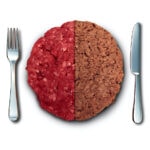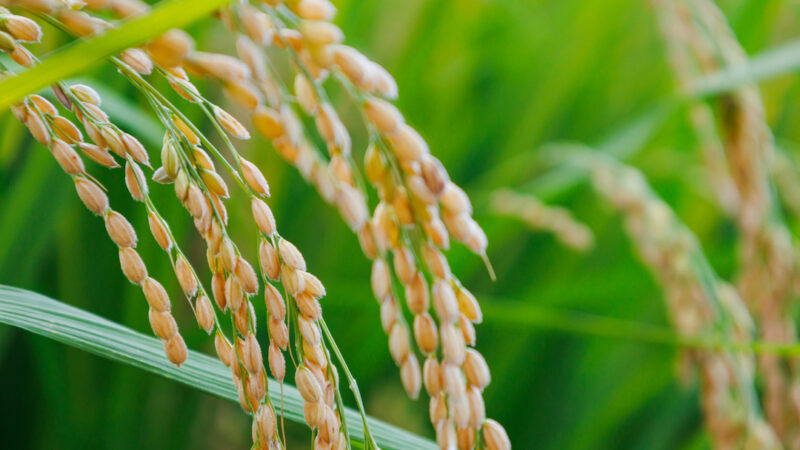This year's AgDay theme is Innovation in Agriculture – celebrating the innovation and technology that…
Aerial ag is on the rise
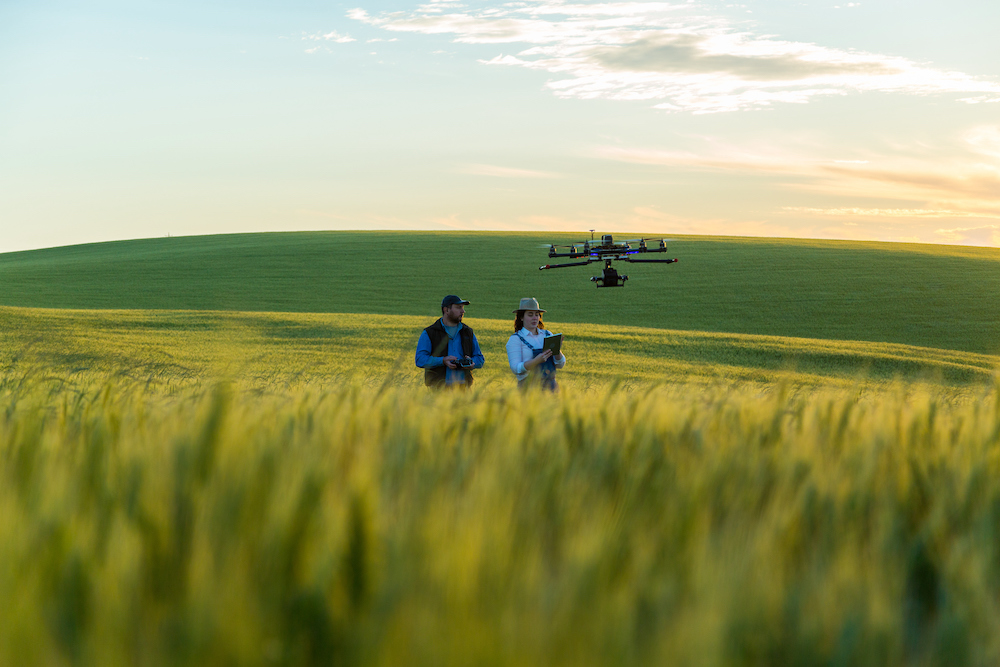
Recent surveys show that up to two thirds of farmers either have their own drones or have used contract drone services in the past year. That number is expected to continue to rise as the benefits of drone use for aerial ag become more apparent.
Over the past five years the sophistication and application capabilities of drones has also exploded.
Drones are now in use helping farmers to manage and maintain vital aspects of farm life. Using remote cameras and other surveillance technology to monitor dams, water flow and water management, livestock movement and health, providing security on buildings and farm machinery, drones are saving farm operations thousands of dollars a year.
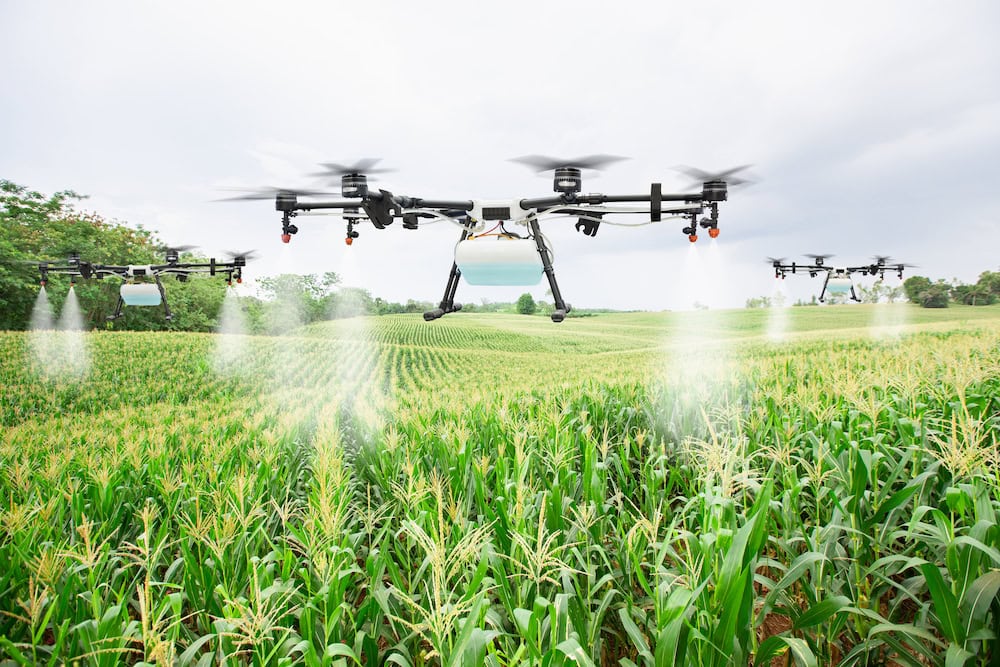
They can ensure greater efficiencies of operations by mapping water flow and identifying areas of properties that need fertiliser input and the level required for improved crop yields.
Heavy rains across much of eastern Australia and particularly throughout New South Wales has meant that vehicle movement has been problematic, and the number of farmers with bogged tractors and trucks has meant a limitation of full access to farms. However the issue has been alleviated somewhat by drones, because they are equipped with cameras and are able to go where the utes and tractors can’t.
That is just the start of their usefulness.
Highly sophisticated software is being developed which not only assists in efficient use of fertilisers and other inputs but also flow mapping, to measure surface water and to identify the best place to build a dam or the best place for higher yield crop planting. Drones can also identify pests such as weed infestation and feral animal tracking.
Hunter Precision agriculture
Based in the Hunter Valley, Hunter Precision Agriculture is owned and operated by Garth Short. He is developing a unique business base with some of the largest drones currently available on the market.
“We found a drone which is the largest commercial spray drone in the world. We can now compete with air tractors. We don’t need airstrips and we don’t use aviation fuel, so we have an edge.”
Garth Short, founder of Hunter Precision Agiculture
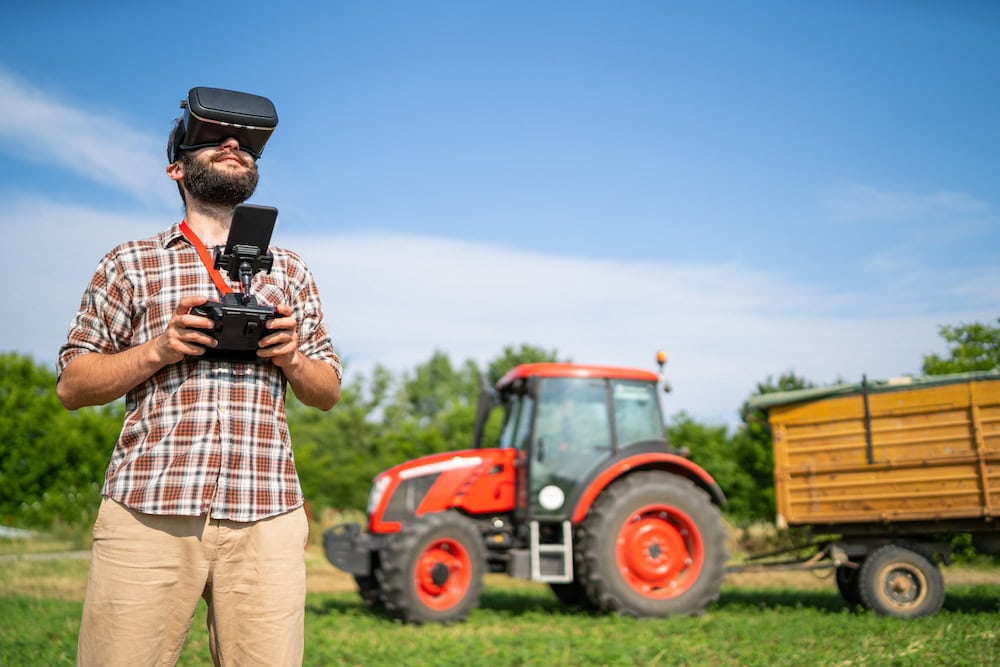
With escalating demand for specialised drone applications for aerial ag, Garth says he is now able to offer environmentally sustainable spray services.
The pride of the Hunter Precision fleet is the HPA Ag Spray Drone. This is a fixed wing autonomous system designed for broad acre spraying.
Garth points out that many drones have smaller tanks and slow application rates, however, the new spray drones have advanced thrust vectoring and VTOL technology which allows fixed wing spraying at 120km/h (74mph) with a 7 metre (23-foot) boom and with very fast spray refills.
“With these drones we can go to a 30,000 acre cotton farm and have the whole place sprayed in a week.”
Garth Short, founder of Hunter Precision Agiculture
He points out that with many countries now paying a premium for environmentally certified crops, the new drones powered by lithium batteries and delivering highly targeted spray payloads where needed, offers farmers further environmental credentials.
“Major agricultural groups are looking for carbon neutral or negative inputs,” he says. “Our system provides that. This is especially important for European markets.”
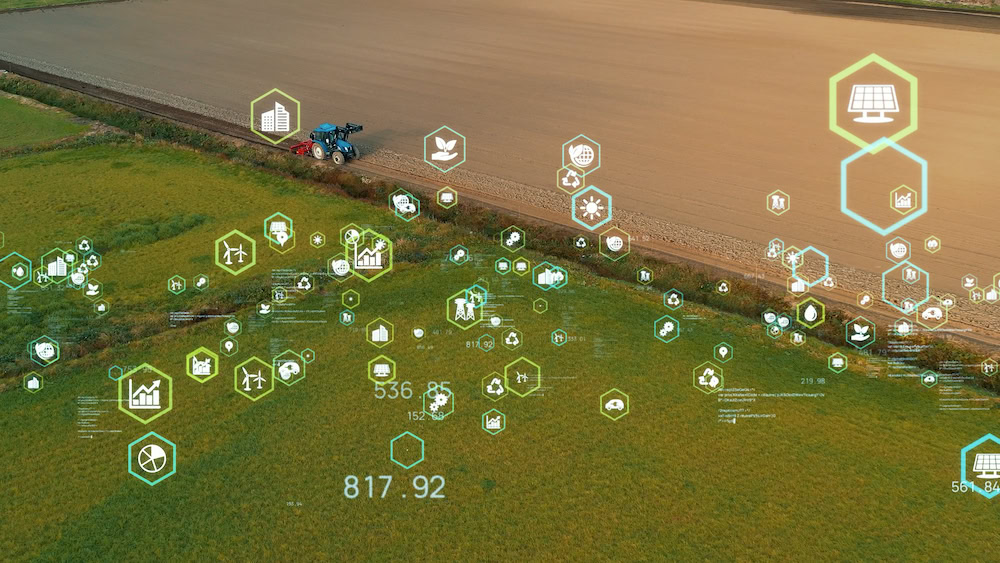
The fixed wing drones have a massive 7.3 metre wingspan and a 2.7 metre-long body. They have a maximum take-off weight of 90 kilograms and carry a 45 litre spray payload.
With a claimed one-minute recharge and refill turn around, and the drones travelling at 100 kilometres per hour at a minimum of two metres off the ground, the spray is fast and efficient.
Garth says the company aims to have 36 of the drone units in operation in the next 12 months.
Lyonag drone solutions
James Lyon says the heavy rains over much of New South Wales has meant that many farmers are not able to drive vehicles over their properties to spray, but at the same time the rains have meant weed growth is greater than it has been in many years.
“The demand to spray for blackberries and St. John’s Wort is huge at the moment,” Lyon says.
His company LyonAg Drone Solutions offers spraying, imaging and mapping and spreading services using a number of purpose-built drones including the DJI Agras T20, T30 and T40 carrying up to 40 litres of spray.
A former agronomist, James is well versed in the need for effective and efficient spraying but also has a great awareness of environmental factors.
His team developed Artificial Intelligence (AI) software which, when operating through the drone’s cameras, can identify weed clusters and specific spray areas. This provides for economic efficiency in the use of expensive sprays, but also ensures trees and animals are not sprayed.
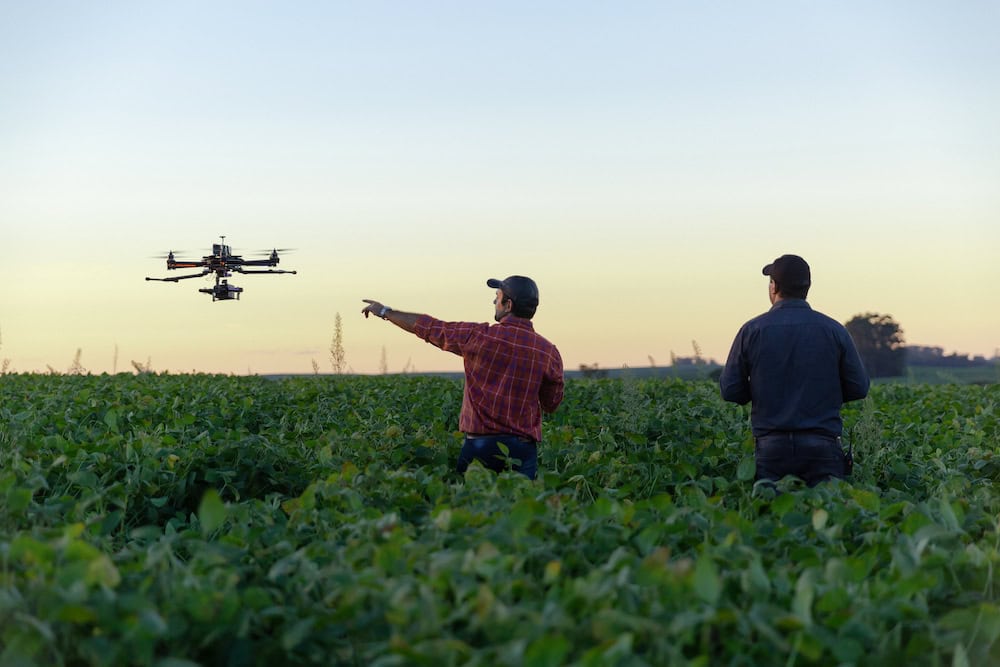
“I bought my first spray drone two years ago for my own use, I am now working full-time providing spray services,” he says. “There is a very high level of acceptance for the use of drones. I have 85-year-old farmers ringing me wanting to use the drones as a spray tool.
“Demand at present is so high that we are flying 20 days out of every month if the conditions are right.”
James Lyon, founder of LyonAg Drone Solutions
LyonAg also provides mapping services with specialised software and cameras on board the drones to deliver precision 3D mapping and reconstructions as well as a wide variety of multi-spectrum derived index maps.
James says the technical sophistication of the new range of drones means that training users is a vital component. He points out that there are certifications required from the Civil Aviation Safety Authority (CASA) and transport regulators for both the aircraft and the operators.
Understanding the safe and effective use of drones is of the greatest importance, especially in light of the fact that working drones can cost up to $50,000 and licencing and certification can add another $5,000 to that.
Drone courses for farmers
The increased interest in drones and aerial ag by NSW Farmers’ members meant that in 2022, specialised training days in drone use and management were provided to more than 500 farmers, contractors and workers.
NSW Farmers Regional Services Manager, Catriona McAuliffe, says that the age of participants in the course ranges from late teens to the 80s, with men and women from all parts of the farming business signing up.
“It is important to not only have the younger generation undertake training, but all generations and sections of the business so that everyone is invested in adopting the technology and implementing the benefits on-farm.”
Catriona McAuliffe, NSW Farmers Regional Services Manager
The courses are a partnership between NSW Farmers, Tocal College and Bralca and funded by AgSkilled 2.0, the key NSW Government program in building capability and addressing rural workforce issues.
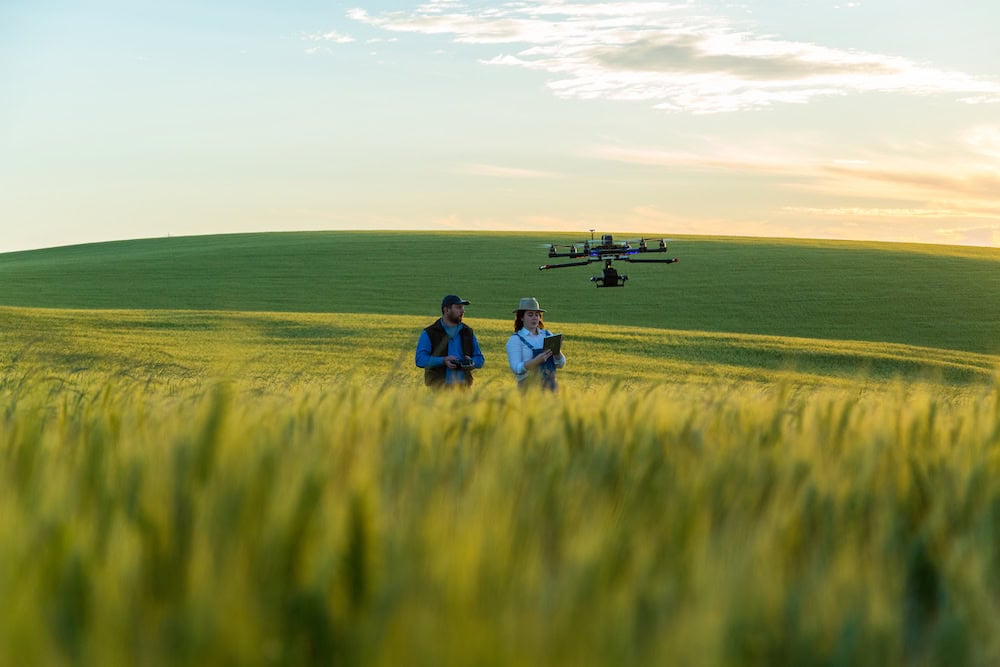
According to Catriona, increased interest in drones has meant that NSW Farmers will be providing more courses in 2023, to ensure farmers remain up to date with best practice and training.
The courses are focussed on safe and CASA compliant operations, increasing productivity on-farm by inspecting and mapping horticultural and cereal crops, irrigation systems, fencing, pest animals, and in recent times, levy banks, water inundation and animal welfare.
“Farmers get to learn how to to use drones to collect farm data to help make informed decisions such as refined fertiliser, sowing, crop and weed management plans, as well as monitoring and maximising the efficiency of farmwater systems,” Catriona says.
Tocal College developed the Drones in Agriculture course with leading drone operator and trainer Ben Watts of Bralca to meet an identified industry need to increase the uptake of AgTech.
More information is available at: tocal.nsw.edu.au/courses/short-courses/agskilled/drones-in-ag
If you enjoyed this story on drones and aerial ag, you might also like to read about the top 3 uses of drone technology in agriculture.




